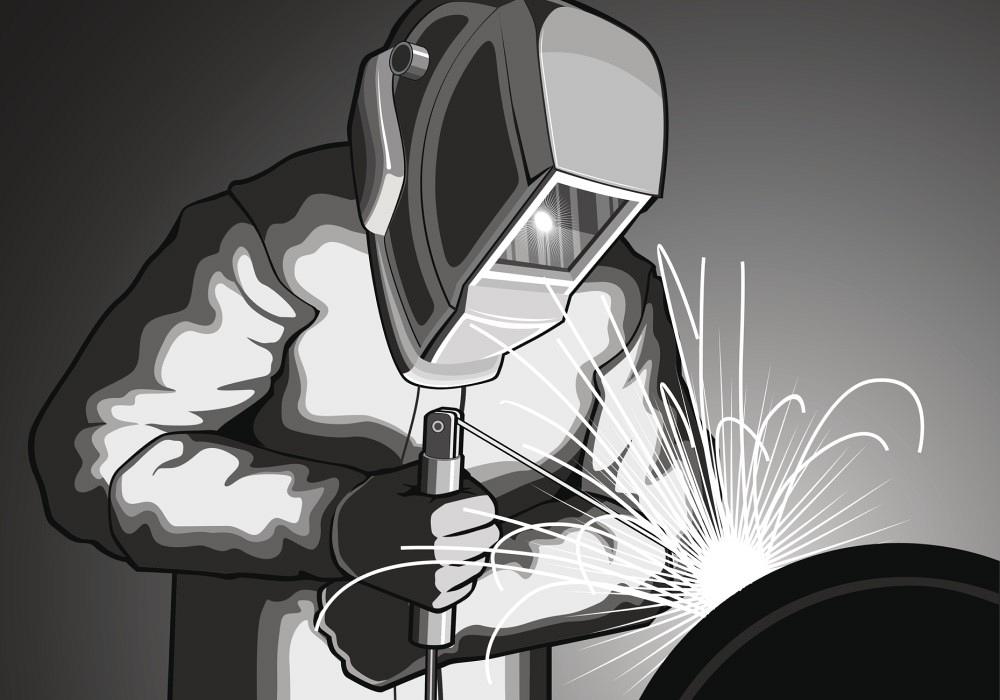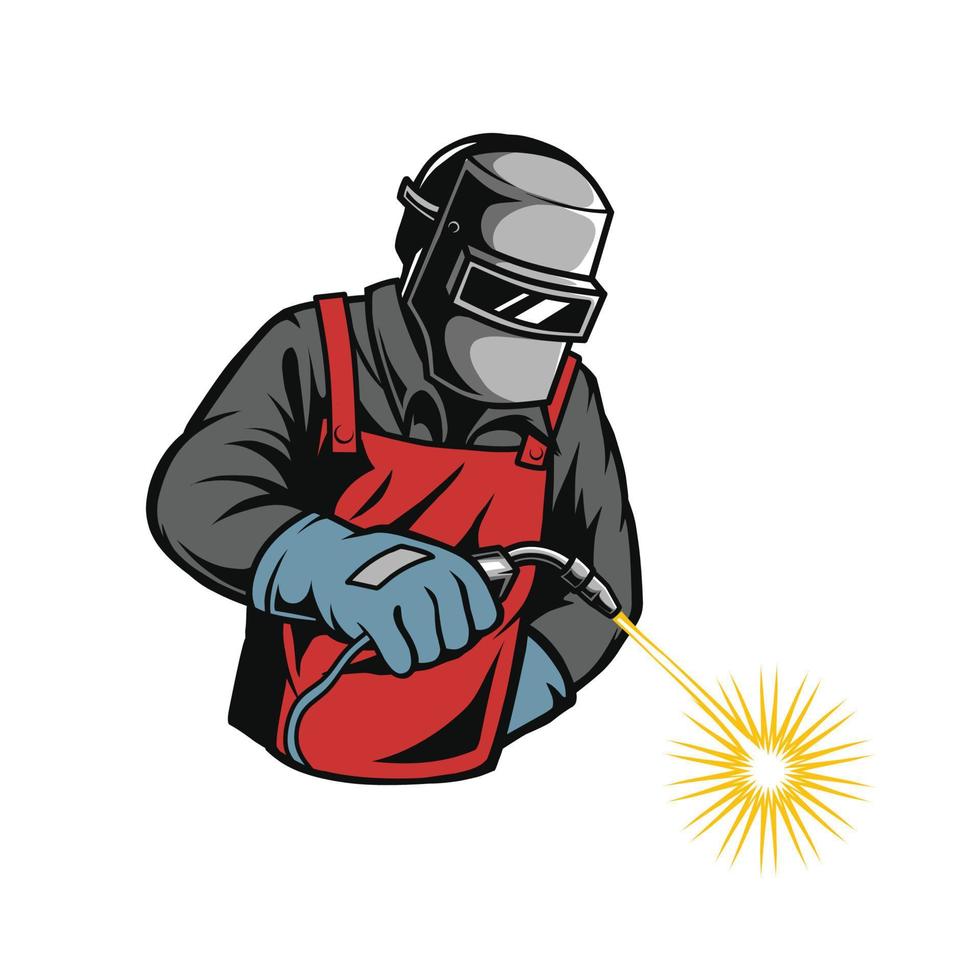The Ultimate Guide to Welding WPS Procedures: A Comprehensive Introduction for Welders
In the detailed globe of welding, Welding Procedure Requirements (WPS) offer as the backbone of guaranteeing top quality, consistency, and safety in welding procedures (welding WPS). As we dig right into the various parts of a WPS and check out the details of certification and accreditation, we will uncover the vital duty these treatments play in the realm of welding.
Relevance of WPS Procedures
Understanding the importance of Welding Treatment Specs (WPS) procedures is critical for guaranteeing the quality and honesty of welded structures. WPS procedures offer as a roadmap for welders, describing the necessary steps, parameters, and products required to attain a sound weld. By adhering to WPS standards, welders can ensure uniformity in their job, bring about reliable and structurally audio welds.
One of the key factors why WPS procedures are crucial is their role in keeping weld quality and honesty. Following the defined welding specifications and strategies detailed in the WPS aids protect against problems such as porosity, cracking, or insufficient fusion, which can jeopardize the stamina and toughness of the weld.

Elements of a WPS
A Welding Procedure Specification (WPS) typically comprises necessary components that information the particular needs for executing a weld, guaranteeing consistency and top quality in the welding procedure. The essential elements of a WPS consist of vital variables such as base steels, filler metals, interpass and preheat temperatures, welding processes, shielding gases, welding settings, and post-weld warm treatment demands.
Base metals refer to the products being signed up with, while filler steels are used to fill up the void in between the base metals throughout welding. The welding process details the details method to be made use of, whether it's gas metal arc welding (GMAW), protected metal arc welding (SMAW), or one more method. Welding settings specify the alignments in which welding can be executed.

Qualification and Certification
Having actually established the important elements of a Welding Treatment Requirements (WPS), the emphasis now moves in the direction of the critical facets of certification and qualification in welding techniques.

Qualification, on the other hand, is the formal recognition of a welder's certifications by a pertinent qualification body or company. Welding qualifications are commonly based on the particular welding procedures, materials, and placements a welder is certified to deal with. Holding a legitimate welding certification shows that a welder satisfies market criteria and is competent to do welding jobs to the called for requirements.
Producing a WPS
To develop a Welding Treatment Specification (WPS) that fulfills industry criteria, careful factor to consider of welding processes, materials, and functional parameters is crucial. The initial step in creating a WPS is to identify the welding procedure to be utilized, such as gas steel arc welding (GMAW) or protected steel arc welding (SMAW)

Applying and Checking WPS
Upon settling the detailed Welding Procedure Spec (WPS) that carefully information welding procedures, products, functional specifications, and high quality assurance actions, the emphasis changes to properly implementing and keeping an eye on the well established treatments. Implementation involves making certain that all welders included in the project know with the WPS and follow it carefully throughout the welding process. This needs supplying ample training and supervision to ensure adherence to the specified procedures. Keeping track of the WPS involves continuous oversight to validate that welding tasks straighten with the recorded specs. Assessments, testing, and quality assurance actions are essential parts of the tracking process to recognize any type of inconsistencies or concerns quickly. Regular audits and reviews of the welding procedures aid in keeping consistency and quality throughout the task. Efficient implementation and tracking of the WPS are vital for making certain the integrity, toughness, and safety and security of the bonded joints, eventually contributing to the total success of the welding job.
Conclusion
Finally, understanding and complying with Welding Procedure Specs (WPS) is crucial for welders to guarantee quality, consistency, and safety and security in their work. By understanding the parts of a WPS, acquiring correct qualifications and accreditations, producing thorough treatments, and executing and checking them properly, welders can enhance their skills and proficiency in welding methods. Sticking to WPS procedures is important for creating top notch welds and conference sector standards.
In the elaborate world of welding, Welding Procedure Specifications (WPS) serve as the foundation of guaranteeing quality, uniformity, and safety and security in original site welding procedures. The welding procedure details the certain technique to be used, whether it's gas metal arc welding (GMAW), shielded steel arc welding (SMAW), or one more approach.To create a Welding Treatment Requirements (WPS) that satisfies industry standards, careful consideration of welding procedures, products, and operational parameters is vital. The very first step in creating a WPS is to identify the welding process to be utilized, such as gas metal arc welding (GMAW) or protected steel arc welding (SMAW)Upon completing the thorough Welding Treatment Specification More Help (WPS) that diligently details welding procedures, materials, operational criteria, and top quality guarantee measures, the emphasis moves to efficiently executing and keeping an eye on the well established treatments.